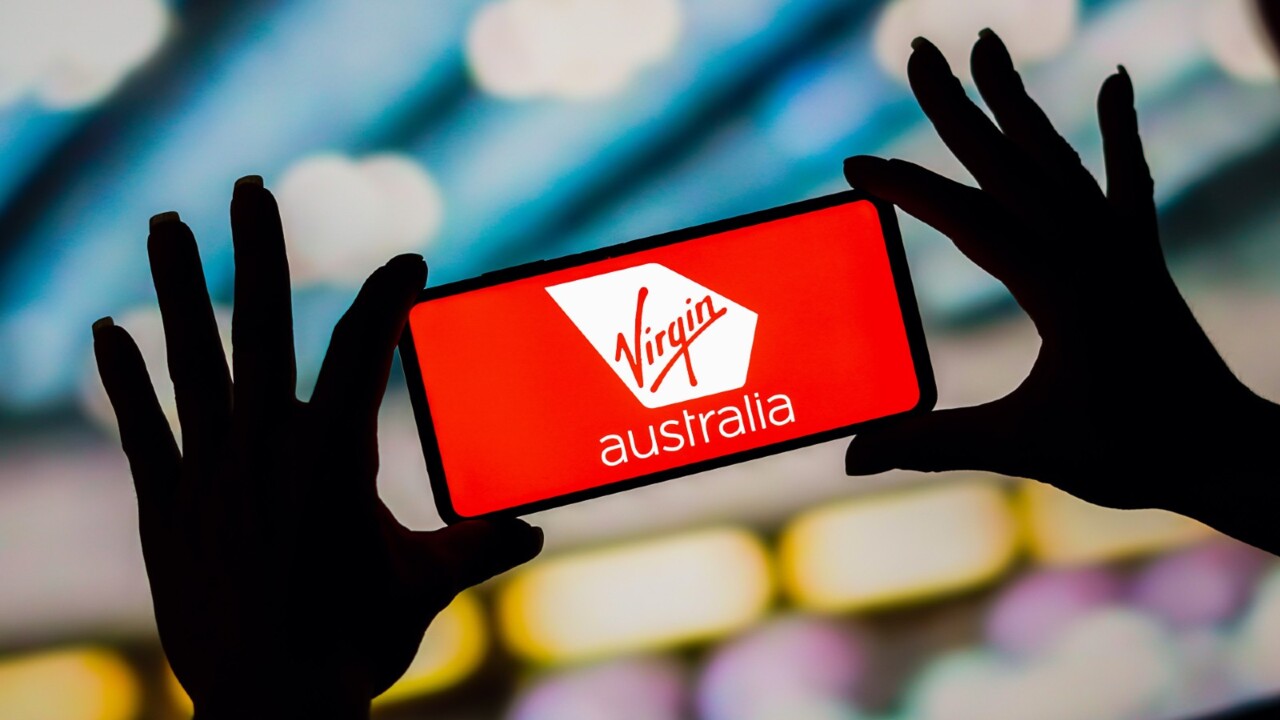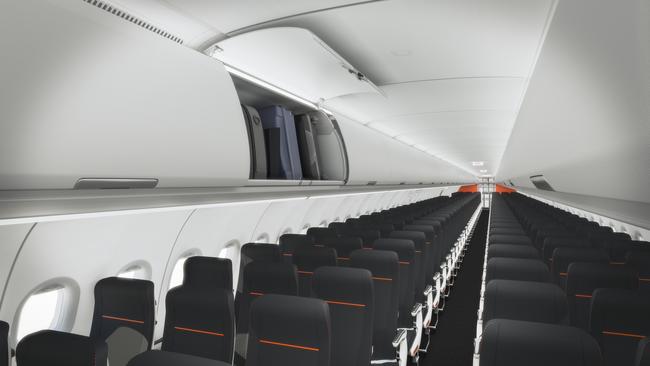Narrow-body jets going further than ever before as airlines embrace sustainability
As airlines race to fly greener and more cost effectively, passengers will increasingly find themselves sat in single-aisle aircraft for long-haul flights.

The race by airlines to fly greener and more cost effectively will see more flights conducted in narrow-body aircraft over longer distances, such as Virgin Australia’s new Cairns-Tokyo route.
Covering 5865km, the flight operated by a single-aisle Boeing 737 Max 8, is now the longest narrow-body flight out of Australia, with a duration of just under 8 hours.
A close second in terms of distance but with an even longer flight time is Philippine Airlines’ Brisbane-Manila service operated by an A321neo.
Batik Air takes third place with its Adelaide-Kuala Lumpur flight over 5717km taking 7 hours 40 minutes in a Boeing 737-800.
With narrow-body aircraft expected to account for 65 per cent of the global airline fleet by 2027, up from 56 per cent in 2017, long-haul travellers will have to get used to slimmer planes.

Qantas has already outlined its plans to fly new A321XLRs on routes such as Brisbane-Bangkok (7294km) and Perth-Hong Kong (6034km).
And even smaller A220s, due to start arriving in Australia later this year, have been pencilled in for Perth-Christchurch (5050km) and Adelaide-Auckland (3243km) flights.
As well as being cheaper for airlines to operate, the new range of narrow-body aircraft produce significantly fewer carbon emissions than those they are replacing.
Virgin Australia head of sustainability Christian Bennett said customers increasingly wanted to know the airline they were flying was making an effort to reduce emissions and waste.
“Everyone’s playing their role,” Mr Bennett said. “At the end of the day, our customers will be happy in the knowledge they’re getting great value and great choice and that’s what these aircraft aspire to do.”

With only one aisle and typically three toilets for about 180 passengers, narrow-body aircraft were previously limited to domestic flights and short-haul international destinations such as New Zealand and the South Pacific Islands.
Thanks to the extended range of newer models, though, narrow-body planes are routinely flying long-haul routes such as Scandinavian Airlines’ Copenhagen to Washington route that takes nine hours and 30 minutes.
Human Aerospace co-founder Gordon Cable said there was no general health reason why travellers should not be able to fly eight to nine hours in narrow-body aircraft.
He said the typical seat pitch in an economy cabin was often no different to that of a double-aisle aircraft, at between 76cm to 81cm.
“Granted there’s only one aisle to move up and down as opposed to two, but the knees up under the chin issue is similar in economy seats across all aircraft,” Dr Cable said.
“What is important to reduce the risk of deep vein thrombosis on long-haul flights is to move and stretch regularly, drink lots of water and avoid sleeping pills.
“Sleeping tablets might well knock you out but you tend to sleep in one position and that’s bad for circulation.” Travellers concerned about blood clots or deep vein thrombosis should consult a doctor before any long-haul flight and take precautions such as compression stockings, Dr Cable said.

“There’s probably no more risk of DVT on a flight as there is sitting in a cinema for three hours,” he said.
“Airlines do strive to raise awareness, and are much better of informing passengers about the need to move and stretch, drink water and limit alcohol.”
US air safety regulator the Federal Aviation Administration is currently reviewing minimum dimensions for commercial airline seats, at the direction of Congress.
A call for public submissions attracted more than 13,000 responses with many complaining that seat sizes and aisles were too small for the prompt evacuation of aircraft.
No date has been set for the FAA’s final report on the issue.







To join the conversation, please log in. Don't have an account? Register
Join the conversation, you are commenting as Logout